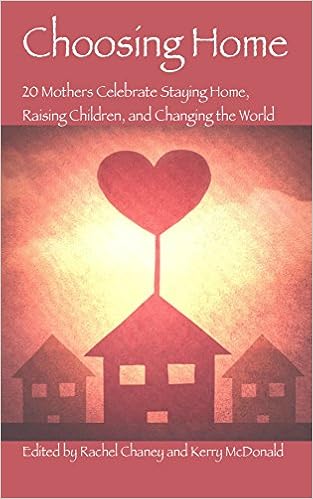At the playground recently, I chatted with my friend about her fall homeschooling plans. It's always helpful to hear how other families organize their homeschooling days and to realize that the process of creating rhythms that work is ongoing and constantly changing. What works for one season may not work in the next; what works for the bigger kids may not work for the toddler; what works well for the parents may not work well for the kids, and vice versa. Homeschooling is a continuous process of whole family learning.
I love my friend's idea for fall that she has already begun to incorporate into her family's weekly rhythms. She is carving out specific times of the day and week focused on specific activities, "subjects" for lack of a better term. For example, they all spend a certain amount of time (say 30 minutes to an hour), on writing. During that time everyone, parents included, write whatever they want, with whatever tools they want (pencils, crayons, Microsoft Word), on any topic that interests them. They do the same for "art time," allocating specific times of the day and week for making art, again using whatever materials each person wants to use to create whatever kind of art or craft each person wants to create. It is learning together, but separately, at a given time on a given topic.
I thought the idea sounded fabulous.
On the walk home from the park, I told my kids about this new idea for a dedicated time allotment for various "subjects." I suggested that maybe it was something we could try and wanted to know what they thought about the idea.
My 10 year old daughter's answer was priceless: "Mom, no, I don't think so. That sounds sort of 'school-y,' don't you think?"
Well....ummm...yes, come to think of it, yes it does.
This experience was an important reminder for me. It illustrates the difference between typical (often highly progressive) forms of child-focused learning and Self-Directed Education. Giving children the freedom to do whatever writing, for instance, they want to within a block of time designated for "writing" is very gentle, child-focused, and open-ended. Many kids would love this format, and if more schools operated this way it would be an enormous improvement. (See my recent article for Education Next about the Powderhouse School, a public school in Massachusetts trying this.) But my daughter is right that this approach still operates within a schooled framework of subjects and time-on-task learning.
My daughter, for instance, writes all the time. Right now, she is working on a lengthy fiction book called The Land of Four Times, and she recently started a food blog to record the many recipes she has created or adapted. My eight year old son also writes a lot, including his fiction book, Flimm Keltec and How His Life Goes, and his blog about Minecraft and skateboarding. They find moments throughout the day and week to work on these personal projects when it is meaningful to them, and not on some arbitrary schedule that I or others impose.
In fact, it's quite possible that if I allotted a certain hour every day for "writing time," regardless of how free and self-directed that time might be, my kids might actually end up writing less. My sense is that they would save their writing for that writing hour, starting when the hour starts and stopping when the hour stops, and that would be it. Writing would be reserved for "writing time," and as such it would be much less meaningful, much less creative, and much less authentic than it otherwise is for them. Even more problematic is that as writing becomes a "subject" to cover, orchestrated by me, their intrinsic passion for writing could get eroded by my externally driven expectation.
The larger point that my daughter reminded me of during our walk home is that we don't live our lives in subject silos, connected (however loosely) to school-y thinking. We live, to quote author and life learning advocate Wendy Priesnitz, as if school doesn't exist. She writes:
"Schools sort, slot, categorize, package, and label. And they teach students that those activities are important. Most of us learned the lesson well. Even those of us who have rejected schooling for ourselves or our children - who choose to live as if school doesn't exist - carry those remnants with us...
"If we truly are living as if school doesn’t exist, we can stop describing ourselves in school terms! We can de-couple learning – and the life we’re living with our families – from the institution of school."I love my friend's idea for fall and think it could be great for many families. It's just that, as my daughter so clearly pointed out, it is not compatible with the philosophy of Self-Directed Education that we value as a family right now. Even though one could argue that the activity itself would be self-directed--that is, the writing would be directed entirely by the child--it is not chosen by the child at that time for that purpose.
This is the primary difference between self-directed learning and Self-Directed Education: the former allows children freedom to learn within adult-determined parameters, often mirroring school; the latter allows the child to direct their full education, with the freedom to choose how they spend their time and without contrived connections to school-y ideas, unless those are chosen by the child. Both models are leaps and bounds better than standard schooling, and have many similarities and synergies.
There are many ways to homeschool and many philosophies of learning to consider. As my daughter reminded me, the philosophy of Self-Directed Education is right for our family right now, living as if school doesn't exist.
























No comments:
Post a Comment
Note: Only a member of this blog may post a comment.